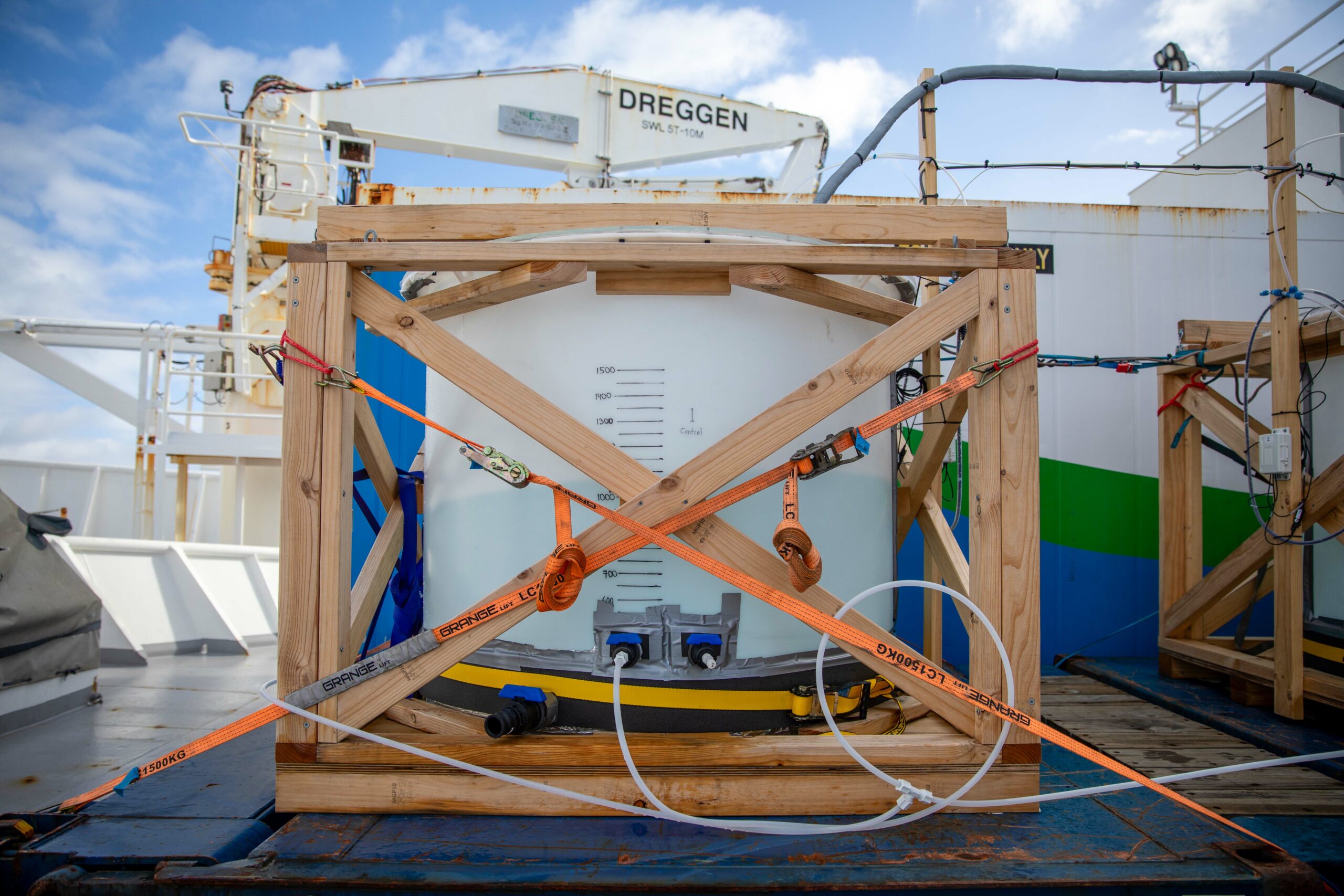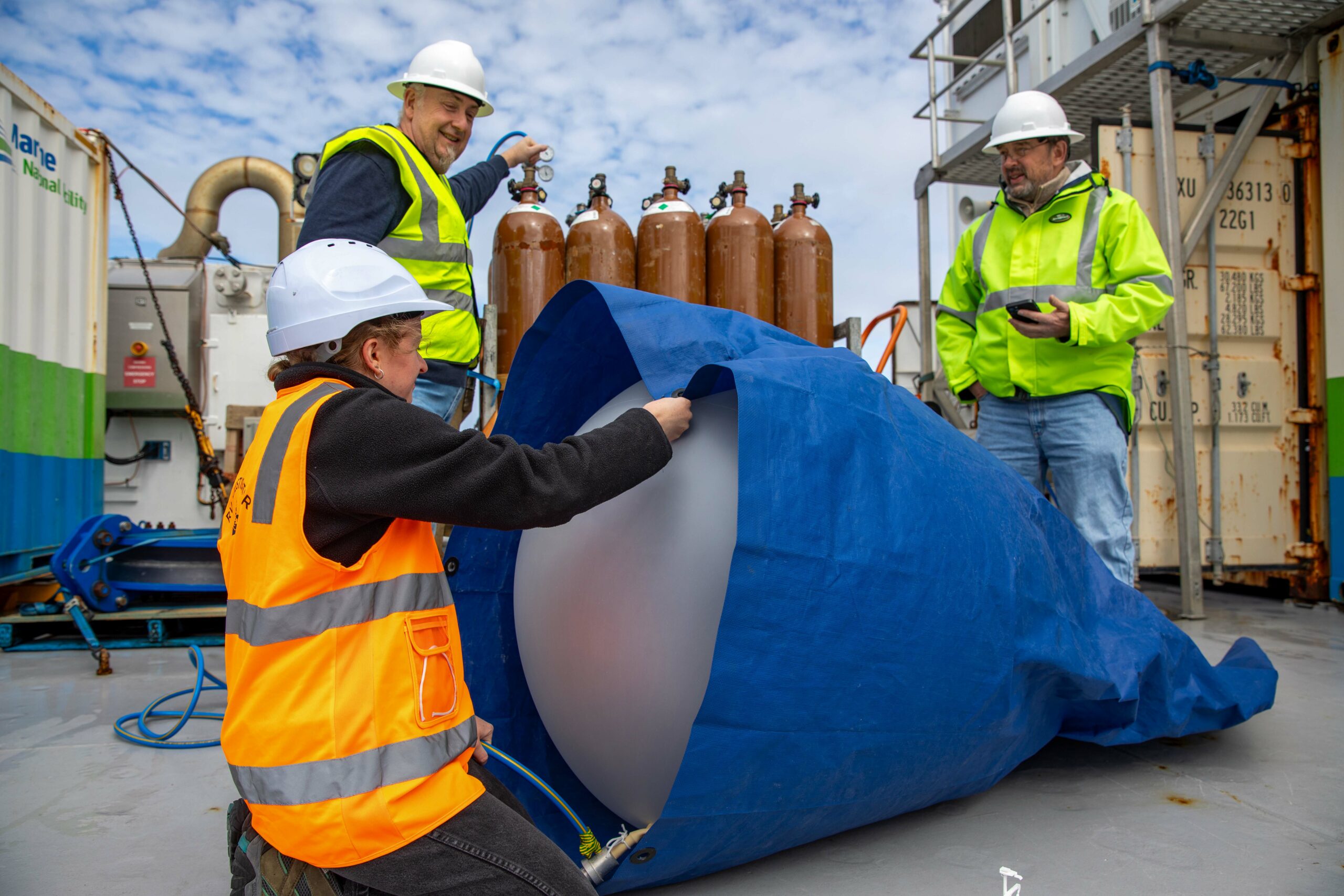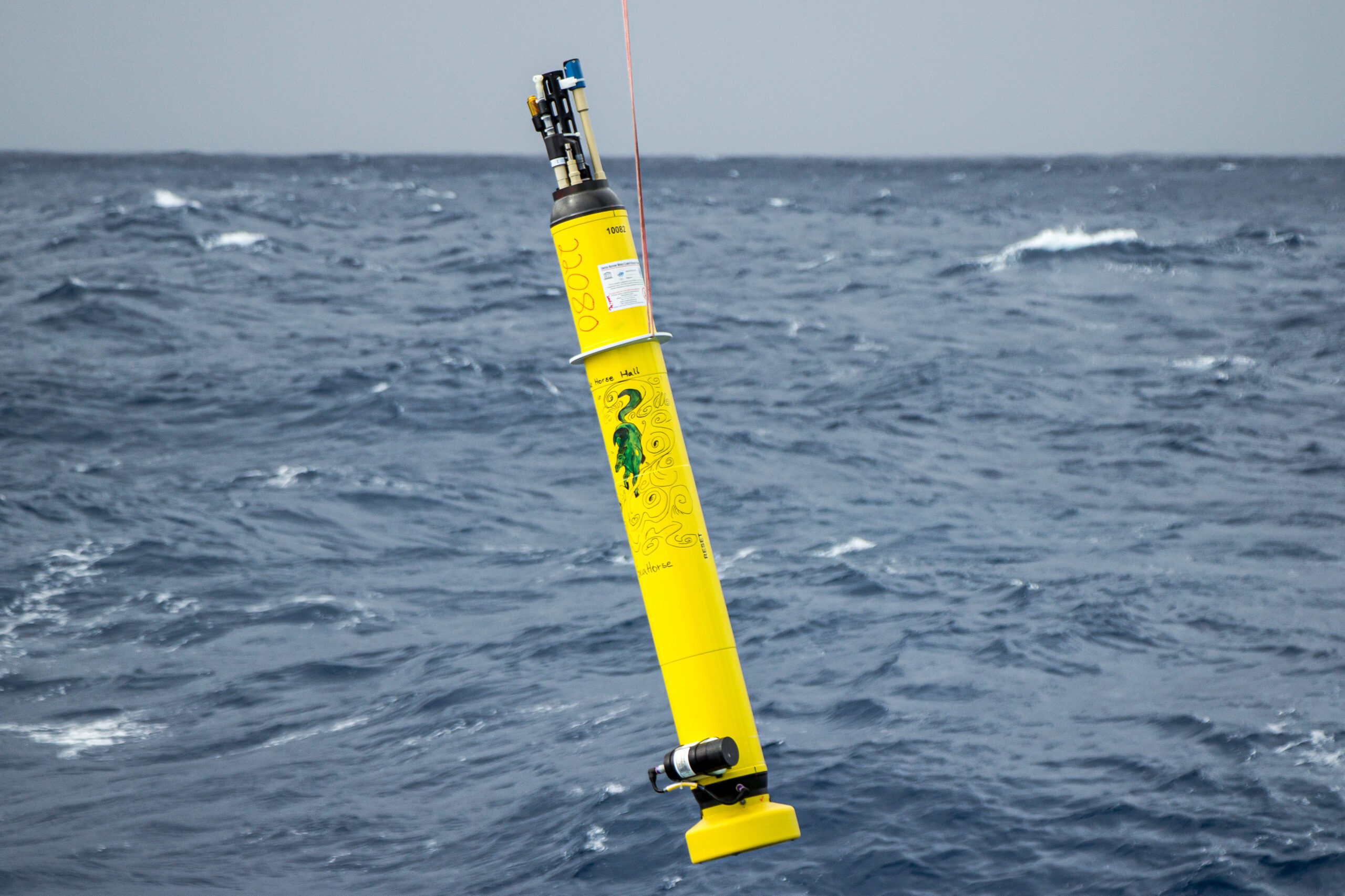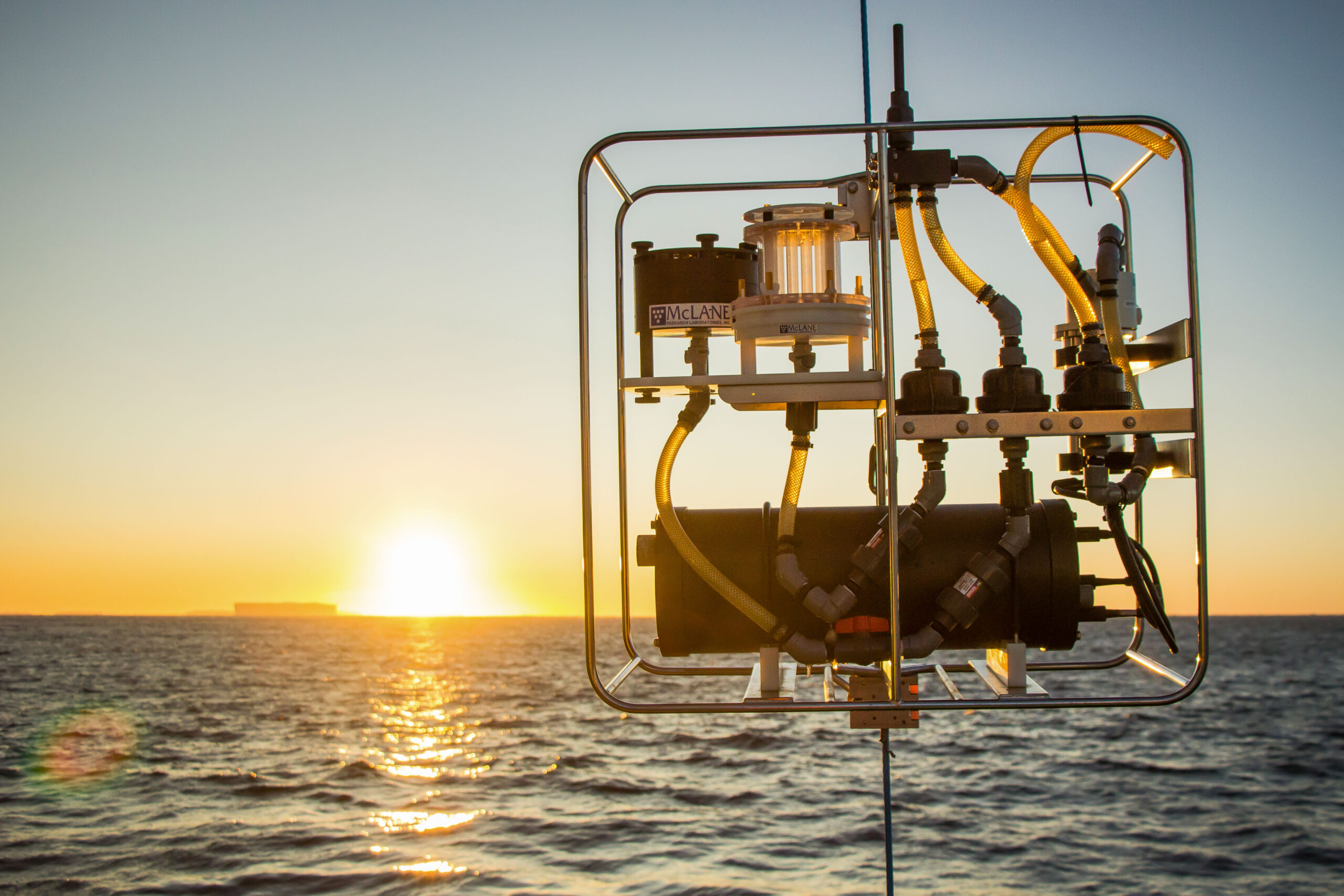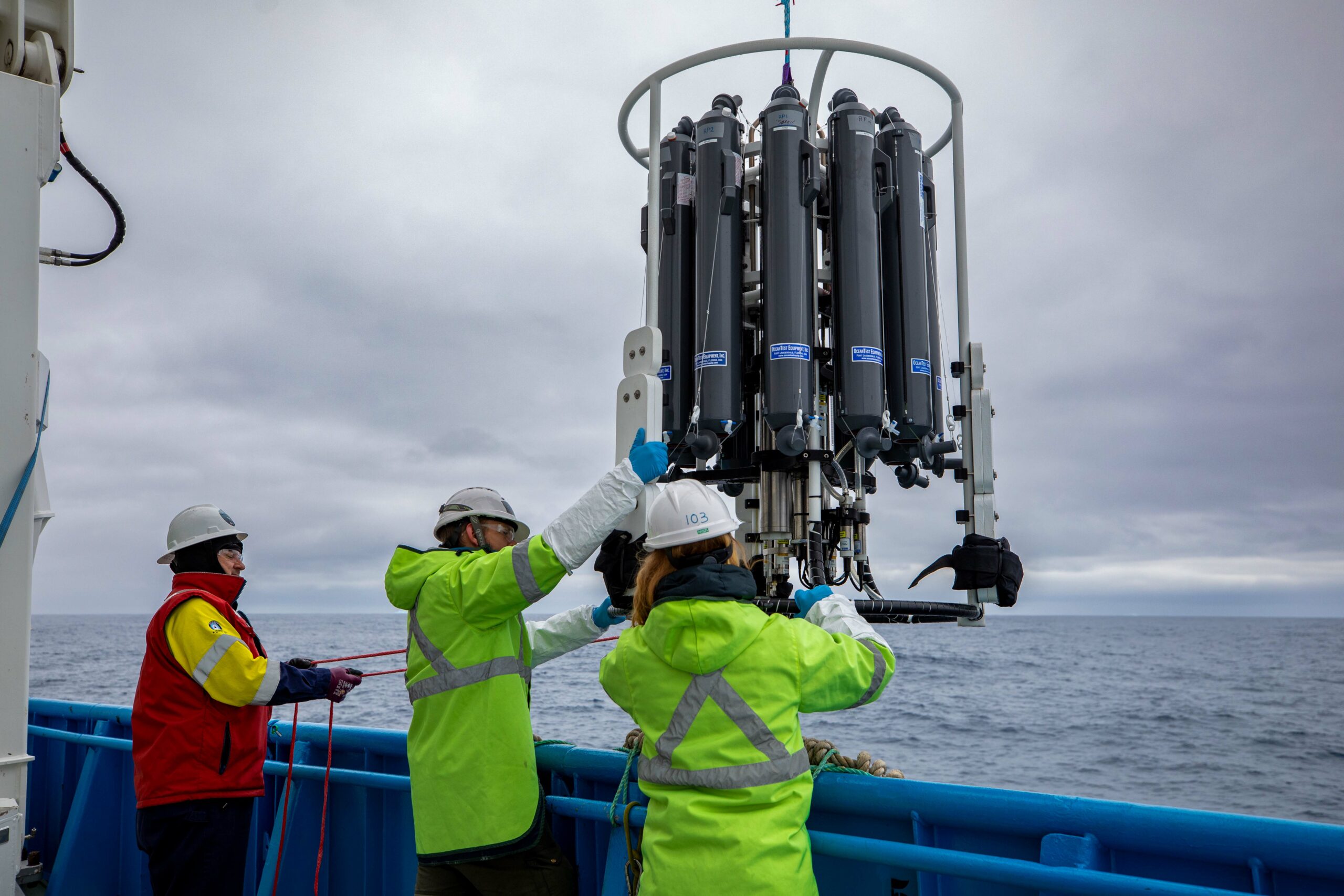Super-cool clouds, iron-starved plankton and vanishing deep water
Dr Steve Rintoul (CSIRO/AAPP, MISO co-chief scientist)
As a graduate student in the 1980s, I learned that the world’s largest ocean current circled Antarctica – but we didn’t know how it worked. How could it be, I wondered, that we don’t even understand the largest current on Earth?
The mystery of Southern Ocean currents drew me in, and my first oceanographic expedition to the windy, rough, remote and ice-bound Southern Ocean sealed my fate.
I’ve been trying to discover how the Southern Ocean works and what it means for climate for 40 years. We’ve learned a huge amount in that time.
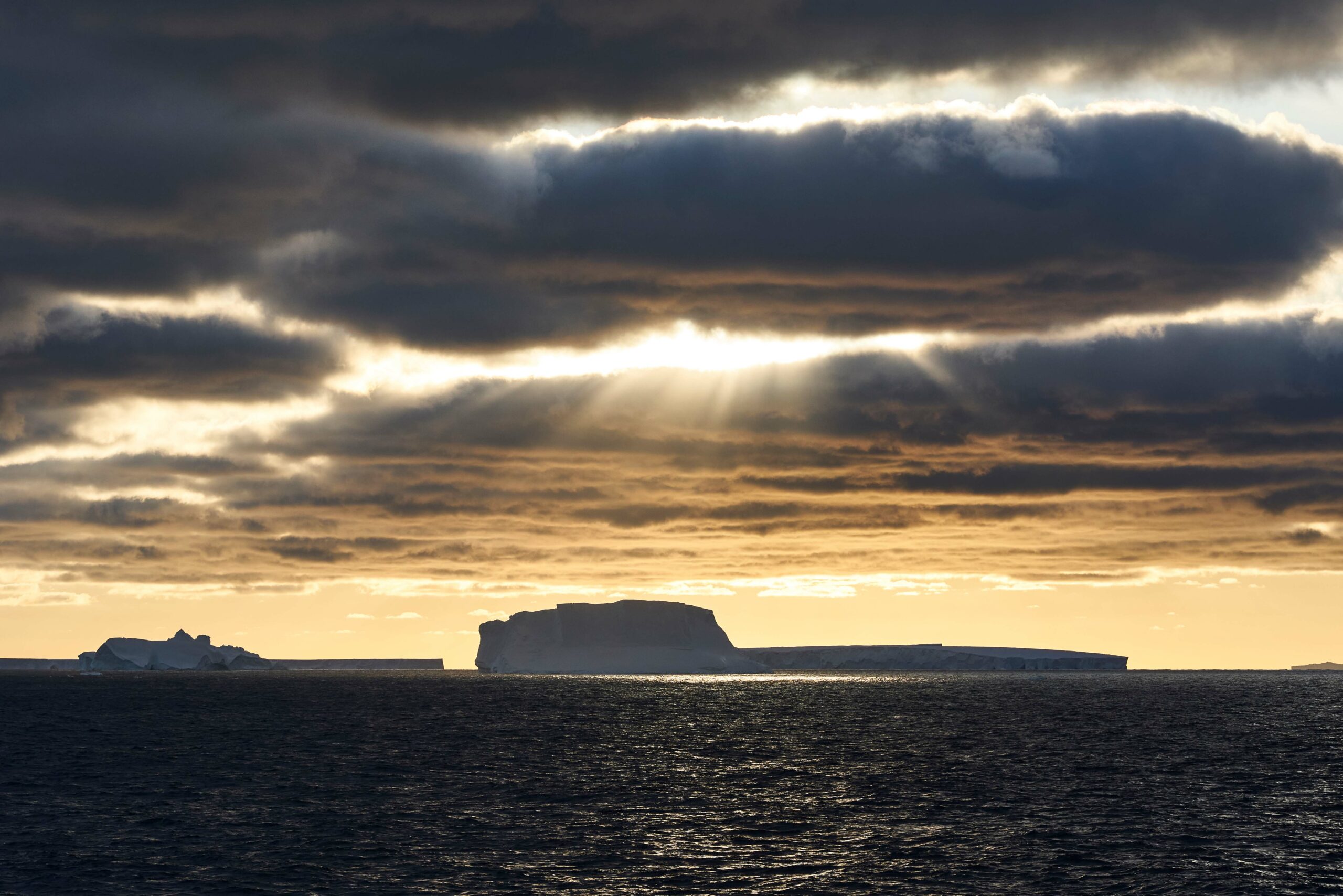
For example, we’ve learned that Southern Ocean currents are connected to the rest of the globe: what happens down south affects us all.
We have also learned that the ocean has taken up more than 90 per cent of the extra heat stored by the planet in response to increased greenhouse gases in the atmosphere – global warming is ocean warming – and that the Southern Ocean stores more heat than any other part of the ocean.
The Southern Ocean also takes up and stores more carbon dioxide than other parts of the ocean. By soaking up large amounts of heat and carbon, the Southern Ocean slows the pace of climate change.
Southern Ocean carbon uptake is driven in part by unique and enigmatic ecosystems that help pump carbon into the deep sea. In most oceans, plant growth is limited by lack of nitrogen or phosphorous. But in the Southern Ocean, the limiting factor is iron. Just like us, phytoplankton need iron and other trace elements to grow. But in the remote and dust-free Southern Ocean, iron is hard to come by.
The phytoplankton, surprisingly, also help make clouds. Clouds need a seed to grow. A cloud seed is a small particle on which water vapour can condense. In the pristine Southern Ocean atmosphere, compounds released by phytoplankton are the main source of cloud-seeding particles. Clouds reflect some of the sun’s energy, so climate models must represent clouds in a realistic way to simulate earth’s climate. And to do this, we need to know what controls the production of aerosol particles that can seed clouds.

We now also know that the fate of the Antarctic Ice Sheet lies in the surrounding Southern Ocean. The largest uncertainty in projections of future sea level rise concerns how rapidly the large ice sheets in Antarctica and Greenland will melt in a warmer climate. The Antarctic Ice Sheet is vulnerable to warm ocean waters melting floating ice shelves from below, so knowing how the Southern Ocean is changing is critical.
Near Antarctica, water at the surface gets cold and salty enough to sink more than four kilometres to the sea floor. When the water sinks, it carries oxygen to the deep ocean. The sinking of dense water near Antarctica forms part of a global network of ocean currents that accounts for most of the ocean uptake of heat and carbon. Recent studies have shown that this deep circulation pattern has slowed in response to increased glacial melt, illustrating how the ocean and ice are coupled in the Southern Ocean and raising concerns that this vital ocean current system is at risk in a warmer climate.
So, we’ve learned a lot. But we still have many questions to answer:
- How sensitive are Southern Ocean processes to climate change, and how do changes in the Southern Ocean in turn affect climate?
- Will warming of the Southern Ocean drive faster melt of the Antarctic Ice Sheet?
- Will melting of Antarctic ice shut down the deep sinking near Antarctica?
- Will the Southern Ocean continue to take up heat and carbon, putting a handbrake on climate change? Or will uptake decrease, driving even more rapid climate change?
- How can Southern Ocean clouds be represented better in climate models?
Because the ocean, atmosphere, ice and marine life all interact, past studies that have only looked at one or two pieces of the puzzle have not provided the information needed to answer these questions.
To make progress, we realised we needed to observe as many parts of the system as we could, all at the same time: from the atmosphere to the bottom of the ocean, including physics, chemistry and biology. The Multidisciplinary Investigations of the Southern Ocean – or MISO – expedition has the ambitious aim to do just that.
The MISO voyage on CSIRO research vessel (RV) Investigator has now been at sea for six weeks. When the ship arrives in Fremantle in early March, the team will have collected one of the most comprehensive ocean and climate data sets from the Southern Ocean.
Climate variability and change impact many aspects of our lives, including water, food, energy, health, transport, infrastructure, and national security. To meet the challenges of a changing climate, we need to know what lies ahead. Better understanding of the Southern Ocean and its role in the earth system is essential to anticipate future climate change and its impacts. By providing the foundation for more skilful weather and climate projections for Australia and the rest of the globe, MISO will help decision-makers in government, industry and the community make tough decisions based on the best possible science.
This research is supported by a grant of sea time on RV Investigator from the CSIRO Marine National Facility which is supported by the Australian Government’s National Collaborative Research Infrastructure Strategy (NCRIS).

